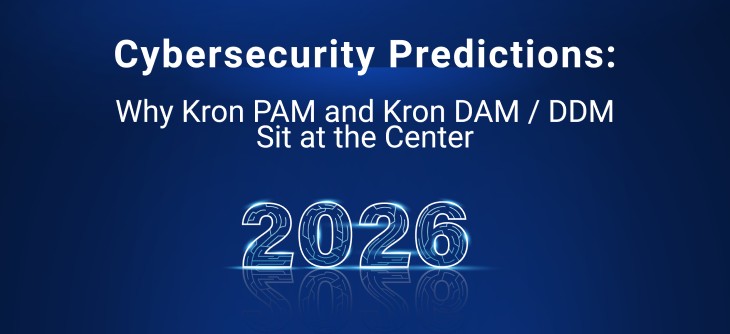
Enterprise Network Automation: We Can Do This the Easy Way, or the Hard Way
We’re at a pivotal moment: automation should be a forethought, not an afterthought.
There’s a lot of buzz around enterprise network automation which, in our definition, is what enables a closed-loop, self-healing networking architecture using software to assist in the process of identifying irregular activity, understanding the intention of humans interacting with the network, validation of authority based on policy, providing assurance reporting for general operations and compliance needs, sending notifications and alerts when thresholds are crossed, and providing reporting and analytics.
The largest enterprises in the world are making strides in network automation for the most natural reasons: reduction of manual tasks, reduction of mistakes that occur because of manual tasks, control of costs, and better overall outcomes through “smarter networks.”
Those companies rolling out network automation and orchestration are benefitting, including in Privileged Access Management (PAM).
The usual vendors are showing up with solutions, for example Cisco’s “Network Services Orchestrator” and “Wan Automation Engine”, designed to support multi-vendor environments, now that vendor lock-in has become so unpopular.
Enterprises should inquire when working with all vendors coming in with automation services about the actual architecture. It is really built to web scale with high availability? Will it support mobile-first applications? Are open standards truly in place? Will developers be able to work with the automation in place? Are start-up companies coming in with less expensive and more flexible automation tools, built on the latest platforms able to prove results and affirm their business sustainability? How are they deriving scale – in a microservices architecture that will fit into the overall re-architecting of the enterprise computing and communications environment longer term?
When it comes to security, there are some providers who bring artificial intelligence (AI), machine learning (ML), and analytics into the mix – which is the future – but are they the kind of company large enterprises (and service providers) can trust when it comes to the critical tasks associated with security?
As more and more business moves online, including to more mobile devices, and as IoT ramps up and begins to significantly impact how enterprises design and operate networks, bringing automation into the Privileged Access Management (PAM) domain only makes sense.
Ensuring PAM solutions will play well with others is a wise move. Scale is of huge importance, as the number of devices to provision and manage will explode. Without solid network automation tools, IT teams and service providers will drown in work even as the stakes rise, given cybercrime and internal breaches, coupled with intensifying regulatory pressures.
Learn more about Kron’s Privileged Task Automation (PTA) capabilities built-in as a module to the most comprehensive PAM platform on the market here.
Author: Serafettin Ercavus
Highlights
Other Blogs



















